
Enter the consumer proposal – a powerful alternative to bankruptcy that’s helping thousands of individuals and businesses find relief from their debt burdens. 🙌 This government-sanctioned debt settlement option allows you to negotiate with creditors, potentially reducing your unsecured debts by up to 75% while consolidating your payments into a single, manageable monthly amount. But is it the right choice for you?
In this comprehensive guide, we’ll dive deep into the world of consumer proposals, exploring their benefits, limitations, and potential impact on your financial future. We’ll walk you through the process, discuss alternatives, and help you understand the key considerations before taking this important step. Whether you’re facing overwhelming credit card debt, struggling with CRA obligations, or simply looking for a fresh financial start, this article will equip you with the knowledge you need to make an informed decision about your financial future. 💡
Understanding Consumer Proposals
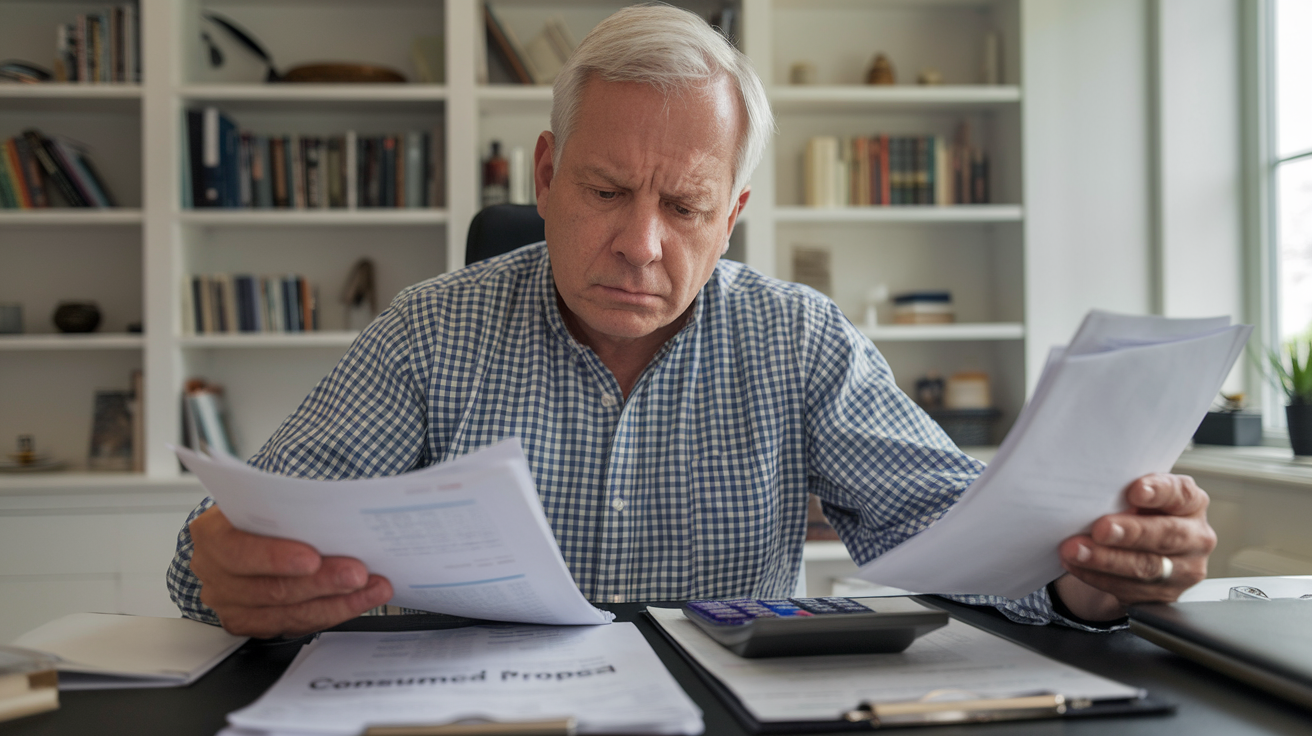
A. Definition and purpose
A consumer proposal is a legally binding agreement that allows individuals to settle their debts for less than the total amount owed. This debt relief option enables debtors to consolidate multiple unsecured debts into a single monthly payment, typically reduced from the original debt amount. The primary purpose of a consumer proposal is to provide a structured method for managing overwhelming financial burdens while allowing individuals to maintain ownership of their assets.
Key features of a consumer proposal include:
-
Available for unsecured debts up to $250,000
-
Interest-free payments spread over a maximum of five years
-
Reduction of the total debt amount
-
Legal protection from creditor actions and collection efforts
B. Comparison to bankruptcy
While both consumer proposals and bankruptcy are debt relief options, they differ significantly in their approach and consequences. Here’s a comparison table highlighting the key differences:
| Aspect | Consumer Proposal | Bankruptcy |
|---|---|---|
| Debt limit | Up to $250,000 in unsecured debt | Minimum $1,000 in unsecured debt |
| Asset retention | Allows individuals to keep all assets | May require surrendering non-exempt assets |
| Duration | Up to 5 years, with possibility of early repayment | Typically 9-21 months for first-time bankruptcies |
| Credit impact | R7 rating for 3 years post-completion | R9 rating for 7 years |
| Payment structure | Fixed monthly payments | Varies based on income, may include surplus payments |
| Ongoing duties | Monthly payments and two credit counseling sessions | Detailed income and expense reporting required |
Consumer proposals offer more flexibility and less severe consequences compared to bankruptcy, making them a preferred choice for those who can manage some debt repayment while retaining their assets.
C. Role of Licensed Insolvency Trustee (LIT)
A Licensed Insolvency Trustee (LIT) plays a crucial role throughout the consumer proposal process:
-
Initial assessment: Evaluates the individual’s financial situation
-
Proposal development: Creates a tailored debt repayment plan
-
Negotiation: Submits the proposal to creditors and negotiates on behalf of the debtor
-
Legal protection: Provides safeguards against creditor actions once the proposal is filed
-
Financial counseling: Offers mandatory counseling sessions to help manage finances and avoid future debt issues
The LIT serves as an impartial intermediary between the debtor and creditors, ensuring that the consumer proposal process is fair and adheres to legal requirements.
Now that we have covered the fundamentals of consumer proposals, including their definition, comparison to bankruptcy, and the role of Licensed Insolvency Trustees, we’ll explore the key benefits of consumer proposals in the next section. This will provide a deeper understanding of why many individuals choose this debt relief option over alternatives.
Key Benefits of Consumer Proposals

Debt reduction potential
One of the most significant advantages of a consumer proposal is its potential for substantial debt reduction. Depending on your financial situation, you may be able to negotiate a settlement that reduces your total debt by up to 70-80%. This can provide much-needed relief for individuals struggling with overwhelming debt.
| Debt Reduction Example | Original Debt | Reduced Debt | Savings |
|---|---|---|---|
| Scenario A | $50,000 | $25,000 | 50% |
| Scenario B | $75,000 | $30,000 | 60% |
| Scenario C | $100,000 | $30,000 | 70% |
Asset retention
Unlike bankruptcy, a consumer proposal allows you to keep your assets, including:
-
Your home
-
Vehicles
-
Investments
-
Personal belongings
This is particularly beneficial for individuals who have built up equity in their assets and want to avoid liquidation.
Legal protection from creditors
Once you file a consumer proposal, you receive immediate legal protection from creditors. This means:
-
Wage garnishments stop
-
Collection calls cease
-
Legal actions against you are halted
This protection provides peace of mind and allows you to focus on your financial recovery without constant pressure from creditors.
Consolidation of payments
A consumer proposal simplifies your debt repayment by consolidating multiple debts into a single, manageable monthly payment. This streamlined approach makes it easier to:
-
Budget effectively
-
Track your progress
-
Avoid missed payments
Frozen interest rates
Upon acceptance of your consumer proposal, interest on your debts is frozen. This prevents your debt from growing and allows you to make meaningful progress towards becoming debt-free. With fixed payments and no accruing interest, you can clearly see the path to financial freedom.
Now that we’ve explored the key benefits of consumer proposals, let’s examine who is eligible for this debt relief option and what limitations may apply.
Eligibility and Limitations
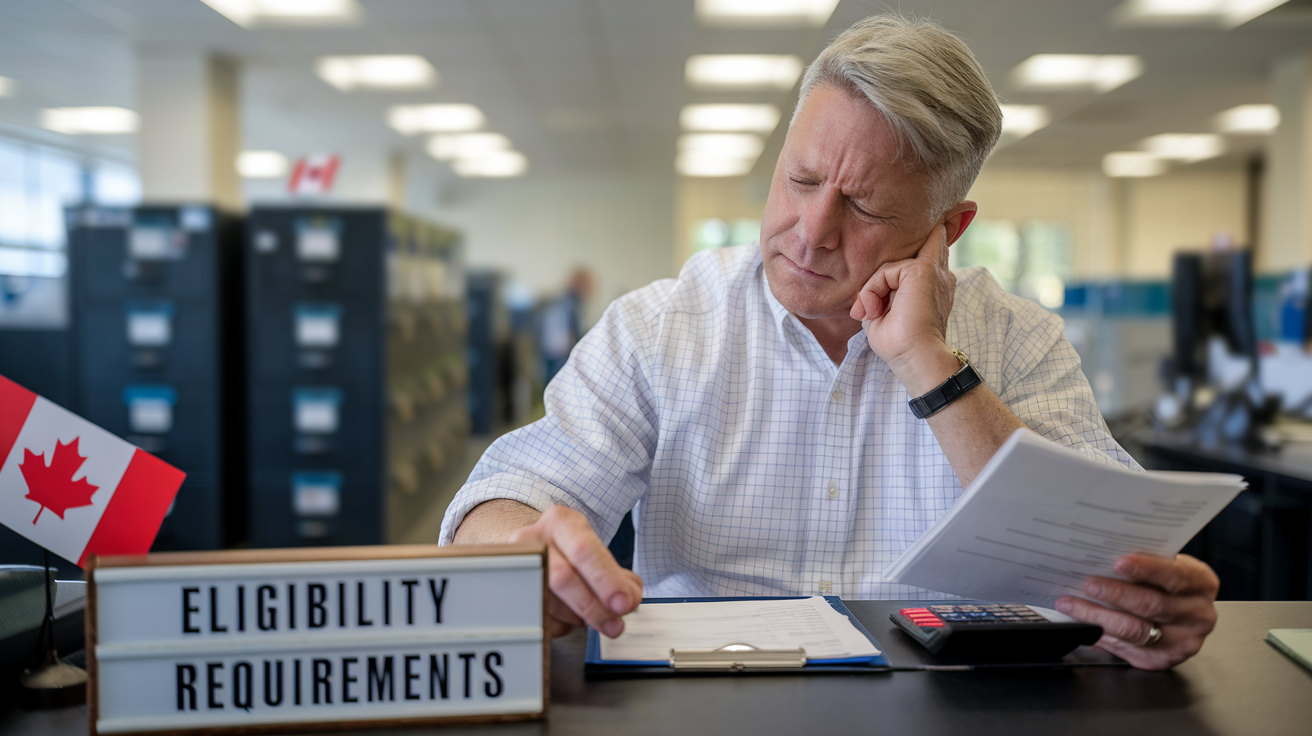
Now that we’ve explored the key benefits of consumer proposals, let’s delve into the eligibility criteria and limitations of this debt relief option.
A. Debt amount restrictions
Consumer proposals are subject to specific debt amount restrictions:
-
Minimum debt: $1,000
-
Maximum debt: $250,000 (excluding primary residence mortgage)
For couples filing jointly:
-
Maximum combined debt: $500,000 (excluding primary residence mortgage)
B. Types of debts included and excluded
| Included Debts | Excluded Debts |
|---|---|
| Unsecured debts | Secured debts (e.g., mortgage) |
| Credit card balances | Student loans (less than 7 years old) |
| Personal loans | Court-ordered fines or penalties |
| Lines of credit | Child support or alimony |
C. Time frame for repayment
Consumer proposals offer flexibility in repayment terms:
-
Maximum duration: 5 years
-
Payments can be structured as:
-
Monthly installments
-
Lump-sum payments
-
A combination of both
-
It’s important to note that the specific repayment plan is negotiated with creditors and facilitated by a Licensed Insolvency Trustee (LIT).
To qualify for a consumer proposal, individuals must meet additional criteria:
-
Be at least 18 years old
-
Canadian residency, business operation, or property ownership in Canada
-
Demonstrate inability to pay debts as they become due
-
Have a reliable income to support monthly payments
-
Work with a Licensed Insolvency Trustee
Individuals with active consumer proposals or annulled proposals for the same debts may face restrictions unless certain conditions are met. Those who have declared bankruptcy may switch to a consumer proposal if their financial situation improves, but new unsecured debts incurred during bankruptcy cannot be added.
With this understanding of eligibility and limitations, we’ll next explore the consumer proposal process in detail, including how to file and what happens after submission.
The Consumer Proposal Process

Now that we’ve covered the eligibility and limitations of consumer proposals, let’s delve into the actual process of filing one. The consumer proposal process involves several key steps, each crucial for successfully managing your debt.
Initial consultation with LIT
The process begins with a meeting with a Licensed Insolvency Trustee (LIT). This financial counsellor assesses your financial situation to determine if a consumer proposal is the right solution for you. They’ll review your debts, income, and assets to propose a reasonable offer to your creditors.
Drafting the proposal
Once the LIT has a clear picture of your finances, they’ll help you draft a proposal. This document outlines:
-
The amount you’re offering to pay
-
The repayment period (up to five years)
-
Any assets you’ll retain
The proposal aims to strike a balance between what you can afford and what creditors might accept.
Creditor approval
After drafting, the proposal is filed with the Office of the Superintendent of Bankruptcy. This marks the end of creditor calls and interest accrual on your debts. Creditors then have 45 days to respond. Here’s what happens next:
| Action | Timeframe | Result |
|---|---|---|
| Creditor response | 45 days | Acceptance or rejection |
| Creditor meeting (if requested) | Within 45-day period | 25% of creditors can call a meeting |
| Court approval | 15 days after creditor acceptance | Final approval if no changes requested |
Payment management
Once approved, you’ll begin making payments as outlined in your proposal. This typically involves a single monthly installment, simplifying your debt repayment. During this time, you’ll also meet with your counsellor to develop better financial habits and strategies to avoid future debt issues.
With the consumer proposal process complete, you’re on your way to regaining control of your financial life. Next, we’ll explore the impact of a consumer proposal on your credit and finances, helping you understand the long-term effects of this debt relief option.
Impact on Credit and Finances
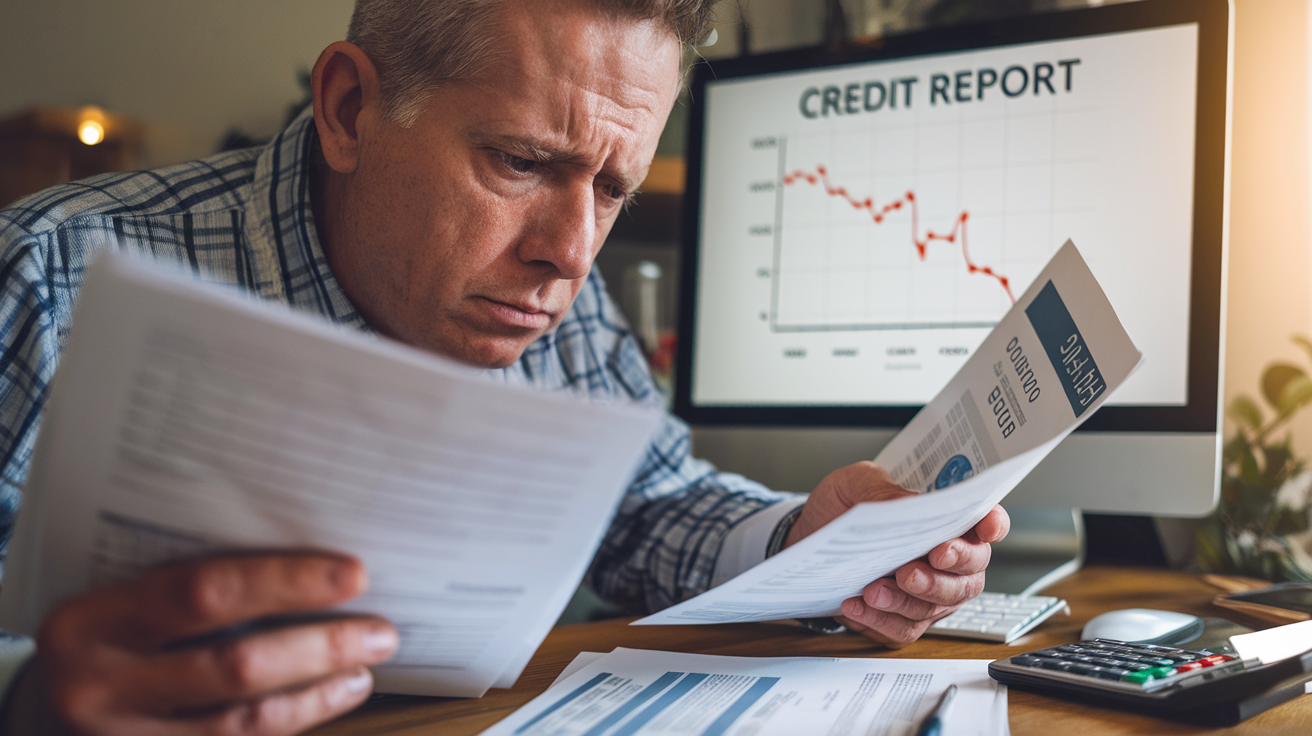
Now that we have covered the consumer proposal process, let’s examine how this debt relief option impacts your credit and finances.
A. Credit score implications
Filing a consumer proposal will negatively affect your credit score, resulting in an R7 rating on your credit report. This rating indicates that you have entered into an agreement to repay part of your debt. While this impact is less severe than bankruptcy, it still significantly affects your creditworthiness.
B. Duration of credit report effects
The effects of a consumer proposal on your credit report are long-lasting but not permanent:
-
The R7 rating remains on your credit report for a minimum of three years after completion of the proposal.
-
Alternatively, it stays for six years after signing the proposal, whichever comes first.
| Time Frame | Credit Report Effect |
|---|---|
| During proposal | R7 rating active |
| After completion | 3 years minimum |
| From signing | Up to 6 years |
C. Future borrowing challenges
The consumer proposal will create several challenges for future borrowing:
-
Loan applications: You may face difficulty in obtaining new credit.
-
Interest rates: When approved, you’re likely to encounter higher interest rates.
-
Credit cards: While possible to obtain, approvals are harder to secure and often come with high interest rates.
-
Mortgages and rentals: New applications may face increased scrutiny from lenders and landlords.
To mitigate these effects:
-
Pay off your consumer proposal early if possible
-
Make timely payments to demonstrate reliability
-
Consider secured credit cards or small loans to rebuild credit history
-
Maintain open communication with potential landlords and employers about your financial situation
With this understanding of how a consumer proposal impacts your credit and finances, next, we’ll explore alternatives to consumer proposals for those seeking other debt relief options.
Alternatives to Consumer Proposals
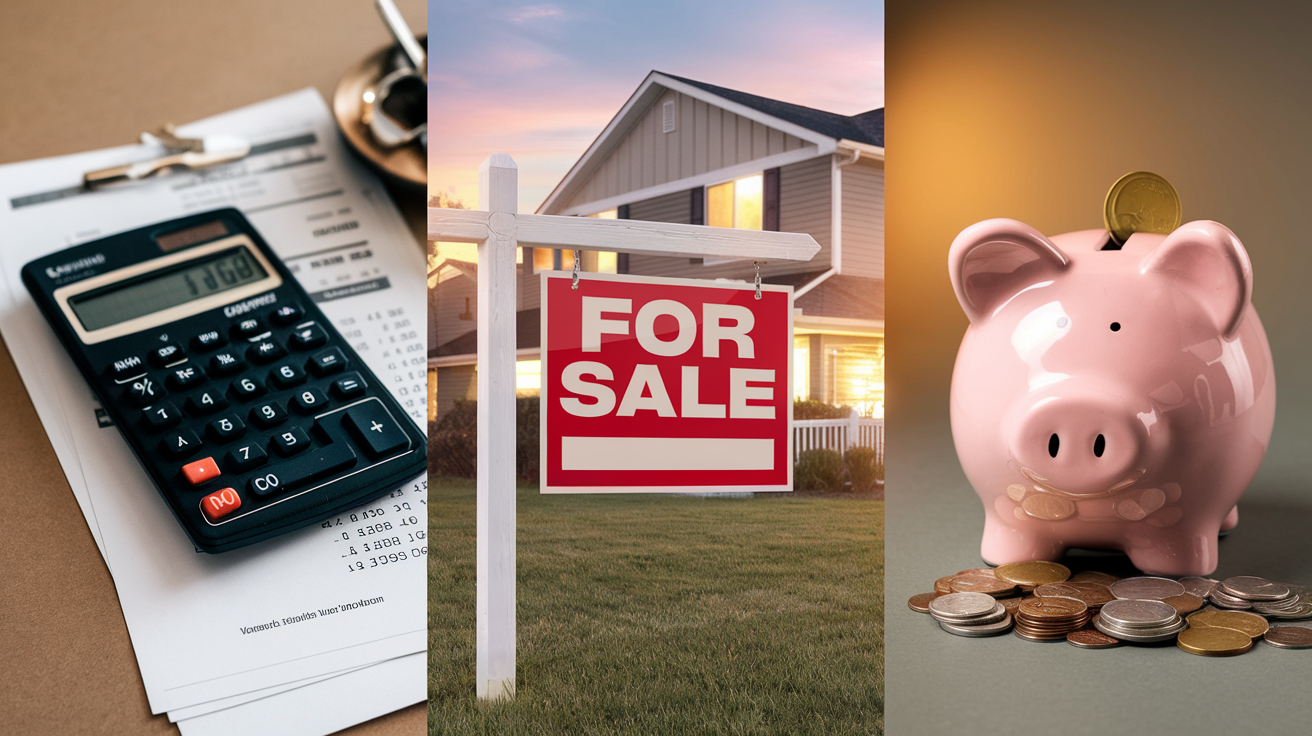
Now that we’ve explored the impact of consumer proposals on credit and finances, let’s examine some alternatives to this debt relief option. While consumer proposals offer unique benefits, it’s crucial to understand other available solutions before making a decision.
Bankruptcy
Bankruptcy is often considered a last resort due to its severe long-term consequences. Unlike consumer proposals, bankruptcy can result in:
-
Asset loss
-
Lasting negative impact on credit reports
-
Potential difficulties in future financial endeavors
However, for individuals facing overwhelming debt with no feasible repayment options, bankruptcy may provide a fresh start.
Debt Consolidation
Debt consolidation offers a way to streamline repayment by merging multiple debts into a single loan. This method can be beneficial if:
-
Lower interest rates are available
-
You have a good credit score
-
You prefer a fixed repayment schedule
| Pros | Cons |
|---|---|
| Simplifies repayment | May involve fees |
| Potential for lower interest costs | Requires careful financial habits |
| Fixed repayment schedule | Longer repayment terms possible |
Debt Counseling
Credit counseling provides professional financial guidance to help individuals manage their debt more effectively. This option often includes:
-
Creation of personalized Debt Management Plans (DMPs)
-
Negotiations with creditors for reduced interest rates and waived fees
-
Educational resources for better financial management
It’s important to note that not all debts qualify for DMPs, and adherence to strict payment schedules is essential for success.
With these alternatives in mind, next, we’ll explore important considerations before filing for any debt relief option, including consumer proposals. It’s crucial to thoroughly evaluate each method’s impact on your financial stability and long-term credit health before making a decision.
Considerations Before Filing

Now that we’ve explored alternatives to consumer proposals, it’s crucial to carefully consider several factors before filing. Let’s delve into the key considerations you should keep in mind when contemplating a consumer proposal.
A. Financial situation assessment
Before proceeding with a consumer proposal, it’s essential to thoroughly evaluate your financial circumstances. This assessment involves:
-
Calculating your total unsecured debt
-
Analyzing your income and expenses
-
Determining your ability to repay debts
A Licensed Insolvency Trustee (LIT) can help you conduct this assessment. They’ll review your financial situation to ensure you meet the eligibility criteria for a consumer proposal, which includes:
| Eligibility Criteria | Requirement |
|---|---|
| Unsecured debt limit | Less than $250,000 |
| Insolvency status | Unable to meet debt obligations |
| Asset-liability ratio | Liabilities exceed assets |
| Residency | Canadian resident or property owner |
B. Long-term consequences
Filing a consumer proposal has significant long-term implications that you should carefully consider:
-
Credit impact: A consumer proposal will negatively affect your credit score for up to eight years.
-
Repayment commitment: You’ll be obligated to adhere to the agreed-upon repayment plan, typically lasting three to five years.
-
Asset retention: Unlike bankruptcy, a consumer proposal allows you to keep your assets, which can be beneficial for long-term financial stability.
-
Interest freeze: The proposal freezes interest on unsecured debts, potentially saving you money in the long run.
C. Privacy concerns
When considering a consumer proposal, it’s important to be aware of potential privacy implications:
-
Public record: Consumer proposals are filed with the Office of the Superintendent of Bankruptcy (OSB) and become part of the public record.
-
Creditor communication: Your LIT will handle communications with creditors, which may provide some privacy protection.
-
Employment impact: Some employers may conduct credit checks, which could affect future job prospects.
With these considerations in mind, next, we’ll explore the potential risks and drawbacks associated with consumer proposals. Understanding both the benefits and challenges will help you make an informed decision about whether this debt relief option is right for your financial situation.
Potential Risks and Drawbacks
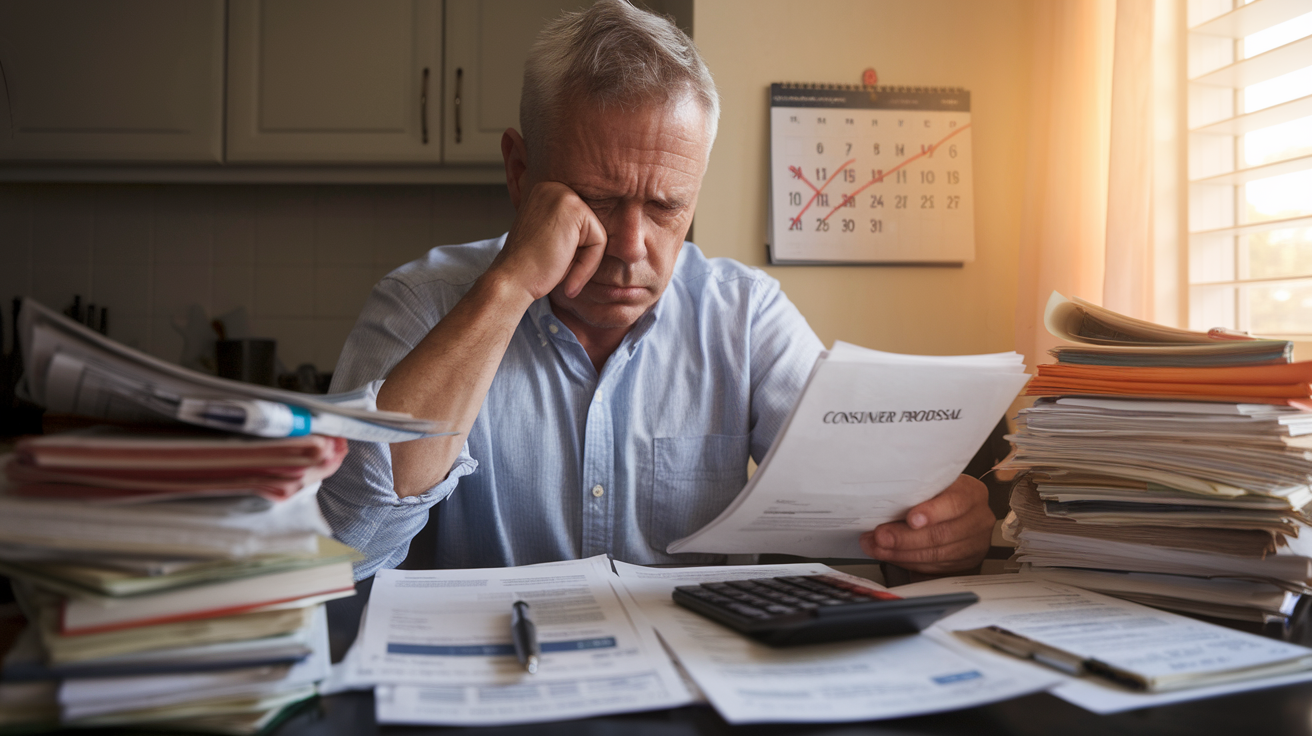
Now that we’ve considered the important factors before filing a consumer proposal, let’s examine some potential risks and drawbacks associated with this debt relief option.
A. Proposal rejection by creditors
One of the primary risks of a consumer proposal is the possibility of creditor rejection. Creditors have a 45-day window to accept or reject the proposal. If rejected, the Licensed Insolvency Trustee (LIT) may need to renegotiate terms or recommend rescission. This process can be complicated, especially if large creditors influence the required payout percentage for acceptance.
B. Consequences of missed payments
Maintaining consistent payments is crucial for the success of a consumer proposal. Failure to do so can have severe consequences:
-
Annulment of the proposal
-
Reinstatement of original debts
-
Potential creditor actions
This highlights the importance of careful financial planning and commitment to the agreed-upon payment terms.
C. Public record status
Consumer proposals, like bankruptcy, become a matter of public record. This can have several implications:
| Aspect | Impact |
|---|---|
| Credit Report | Notation for up to 3 years after completion or 6 years from filing |
| Credit Score | Initial negative impact |
| Future Credit | Challenges in accessing new credit |
| Financial Reputation | Potential societal stigma |
While less severe than bankruptcy, the public nature of a consumer proposal can still affect an individual’s financial reputation and credit standing for several years.
It’s important to note that despite these risks, consumer proposals offer several advantages over bankruptcy, including:
-
Reduced repayment amounts (up to 80% debt reduction)
-
Legal protection against creditor actions
-
Preservation of assets
-
Fixed monthly payments for better budgeting
With these potential risks and drawbacks in mind, the next crucial step is seeking professional guidance. A Licensed Insolvency Trustee can provide expert advice, help navigate the complexities of the process, and ensure that a consumer proposal is the most suitable option for your specific financial situation.
Seeking Professional Guidance

Now that we’ve explored the potential risks and drawbacks of consumer proposals, it’s crucial to understand the importance of seeking professional guidance when considering this debt relief option.
A. Importance of consulting licensed professionals
Navigating the complexities of a consumer proposal requires expert assistance. Licensed Insolvency Trustees (LITs) play a vital role in this process:
-
Conduct initial financial assessments
-
File necessary documents to initiate the proposal
-
Manage communications with creditors
-
Negotiate terms if creditor meetings are required
-
Provide financial counseling and advice
LITs ensure that the consumer proposal process runs smoothly, typically initiating communications with creditors within 1-5 days after the initial meeting.
B. Avoiding for-profit debt relief companies
When seeking help with debt management, it’s crucial to differentiate between licensed professionals and for-profit debt relief companies:
| Licensed Insolvency Trustees | For-Profit Debt Relief Companies |
|---|---|
| Regulated by the government | Often unregulated |
| Provide legally binding solutions | May offer non-binding agreements |
| Fees are regulated | Fees may be high and variable |
| Offer comprehensive financial advice | May focus solely on debt reduction |
C. Free resources and consultations
Many LITs offer free initial consultations to assess your financial situation and explore recovery options. During these meetings, you can expect:
-
Evaluation of your current financial state
-
Discussion of various debt relief options
-
Explanation of the consumer proposal process
-
Information on credit impact and future financial planning
Additionally, the consumer proposal process includes two mandatory financial counseling sessions:
-
First consultation: Within two months of filing, focusing on evaluating financial habits and preventing future insolvency
-
Second consultation: Providing further advice on budgeting and long-term financial planning
These free resources and consultations are invaluable for individuals facing debt issues, offering professional guidance to help regain control over their finances and make informed decisions about their financial future.

A consumer proposal offers a viable alternative to bankruptcy for individuals struggling with unsecured debt. This legal arrangement allows debtors to reduce their overall debt burden, consolidate payments, and potentially retain their assets while working towards financial recovery. However, it’s crucial to consider the impact on credit ratings, the exclusion of certain debts, and the long-term financial implications before proceeding.
Before making a decision, carefully evaluate your financial situation and explore all available options, including debt consolidation and credit counseling. Seeking guidance from a Licensed Insolvency Trustee or a non-profit credit counselor can provide valuable insights tailored to your specific circumstances. Remember, while a consumer proposal can offer relief from overwhelming debt, it’s essential to approach this decision with a clear understanding of both its benefits and potential drawbacks.
